Understanding the Rise of LVP: How WPC and SPC Are Shaping the Future of Vinyl Flooring
Published June 16, 2025
Santa Clara, CA — Luxury vinyl plank flooring (LVP) continues to dominate both residential and commercial markets across the Bay Area. Its realistic appearance, waterproof qualities, and affordability make it one of today’s most in-demand flooring solutions. However, as terms like WPC and SPC become more common, many homeowners are left wondering: what’s the difference?
Let’s break it down: LVP is the main category. WPC (Wood Plastic Composite) and SPC (Stone Plastic Composite) are both subtypes of rigid core LVP, each with distinct benefits for different lifestyles and spaces.
What Is LVP?
Luxury Vinyl Plank (LVP) is a synthetic flooring product engineered to resemble hardwood or stone. Its layered construction typically includes:
- Protective wear layer for scratch resistance
- Printed design layer with high-definition visuals
- Core layer (WPC or SPC) for performance and stability
- Backing layer for sound absorption and support
The type of core—WPC or SPC—defines how the floor performs under pressure, moisture, and wear.
WPC: Comfort and Quiet for Everyday Living
WPC flooring has a core made from wood flour and plastic polymers, making it lightweight, soft, and comfortable.
Ideal for: bedrooms, upstairs spaces, and multi-level homes
- ✔ Soft underfoot and easy on joints
- ✔ Absorbs sound for a quieter home
- ✔ Water-resistant and easy to clean
- ✘ Slightly more expensive than standard LVP
- ✘ Less dent-resistant than SPC
SPC: Maximum Durability and Moisture Protection
SPC flooring uses a rigid core made from limestone and stabilizers, creating a dense, highly durable plank that can withstand almost anything.
Ideal for: kitchens, bathrooms, laundry rooms, and commercial spaces
- ✔ 100% waterproof
- ✔ Excellent dent and scratch resistance
- ✔ Stable under temperature and humidity changes
- ✘ Feels firmer underfoot
- ✘ May require underlayment for better sound insulation
Comparison Chart
| Feature | Standard LVP | WPC | SPC |
|---|---|---|---|
| Core Material | Flexible PVC | Wood-Polymer Composite | Stone-Polymer Composite |
| Water Resistance | Varies | Water-Resistant | 100% Waterproof |
| Comfort | Moderate | Softest | Firmest |
| Durability | Moderate | Good | Excellent |
| Best Use | Living Areas | Bedrooms, Upper Floors | Bathrooms, Kitchens, Commercial |
Installation & Maintenance
Whether you choose SPC, WPC, or standard LVP, most products offer easy click-and-lock installation. Some homeowners opt for glue-down for high-traffic or commercial areas.
Basic care includes:
- Regular sweeping or vacuuming
- Damp mopping with vinyl-safe cleaners
- Using furniture pads to avoid scratching
- Placing entry mats to reduce tracked-in dirt
How to Choose the Right LVP Type
- Pets or heavy traffic? Go with SPC for maximum toughness
- Need comfort and warmth? WPC offers a softer feel
- Working with a tighter budget? Standard LVP gives great value and variety
Explore Premium LVP Options at US Hardwood & Carpet
At US Hardwood & Carpet, we carry a curated selection of WPC, SPC, and traditional LVP flooring from the top brands in the industry. Whether you're renovating a single room or outfitting an entire home, our team can guide you toward the right flooring solution based on your needs, space, and budget.
Visit our Santa Clara showroom or contact us for a free consultation and samples.
📍 US Hardwood & Carpet Inc.
1707 Lafayette St, Santa Clara, CA 95050
📞 (408) 987-9610
📧 info@ushardwoodandcarpet.com


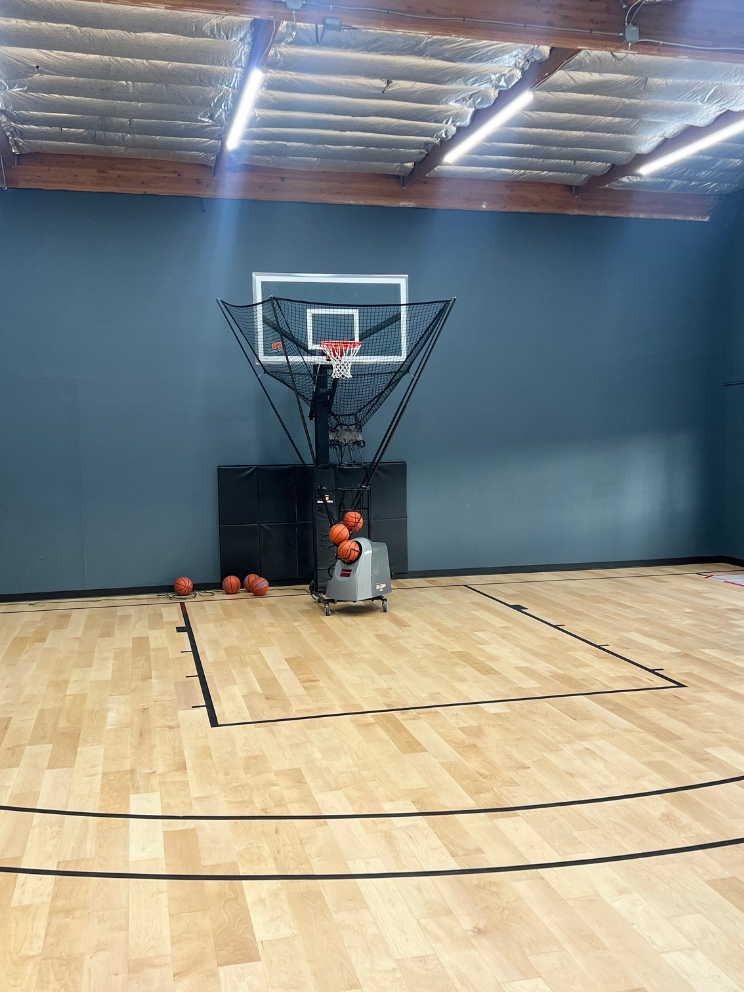
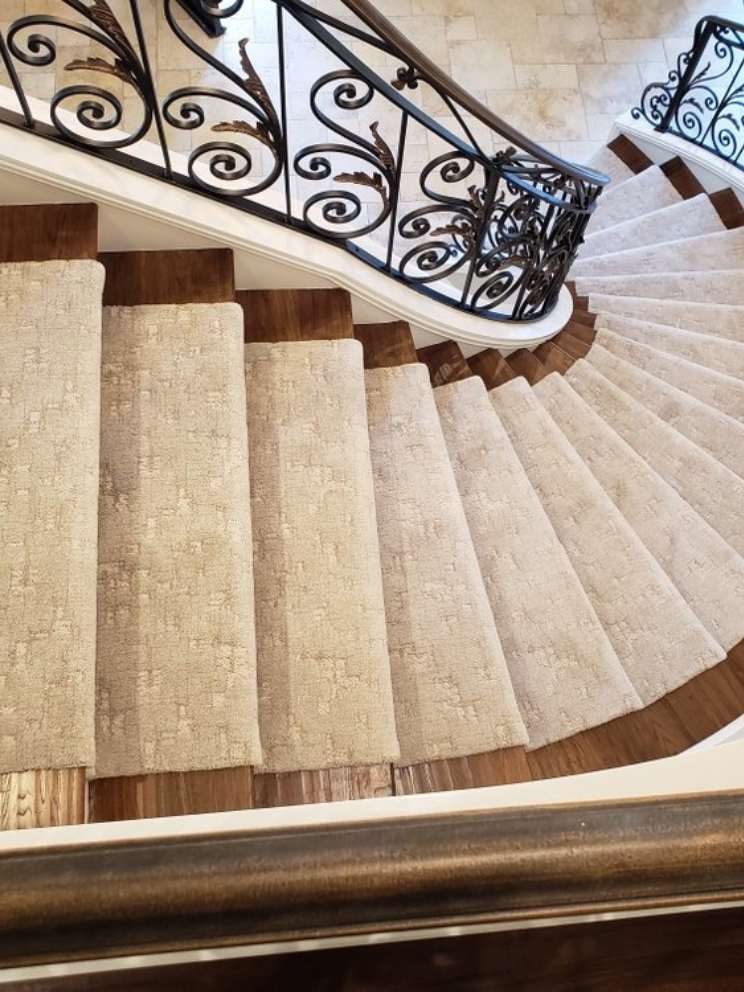
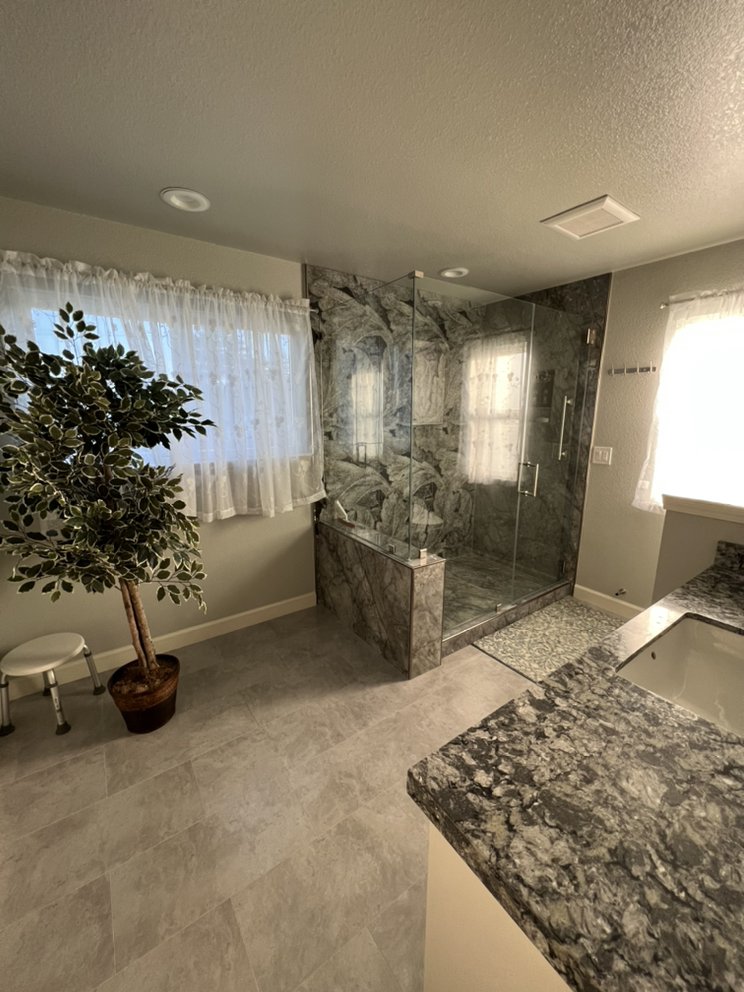



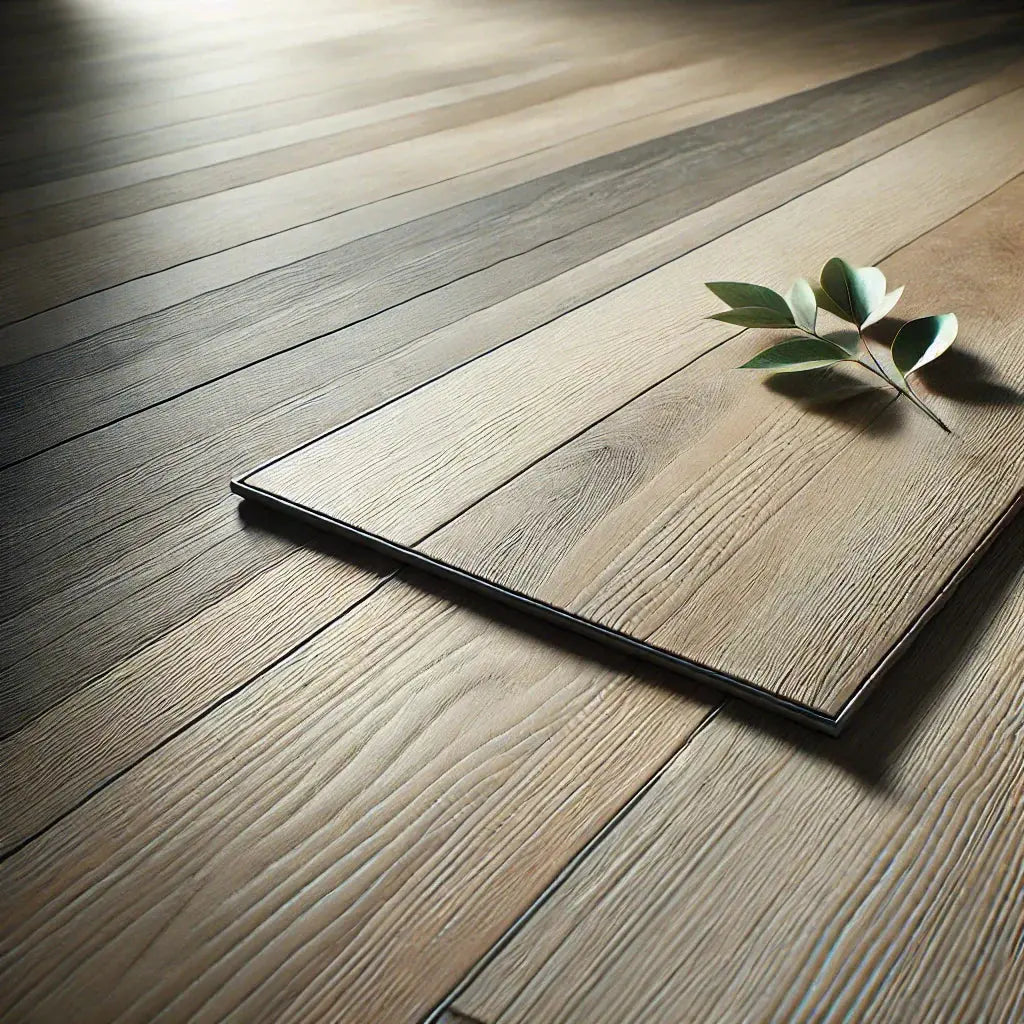
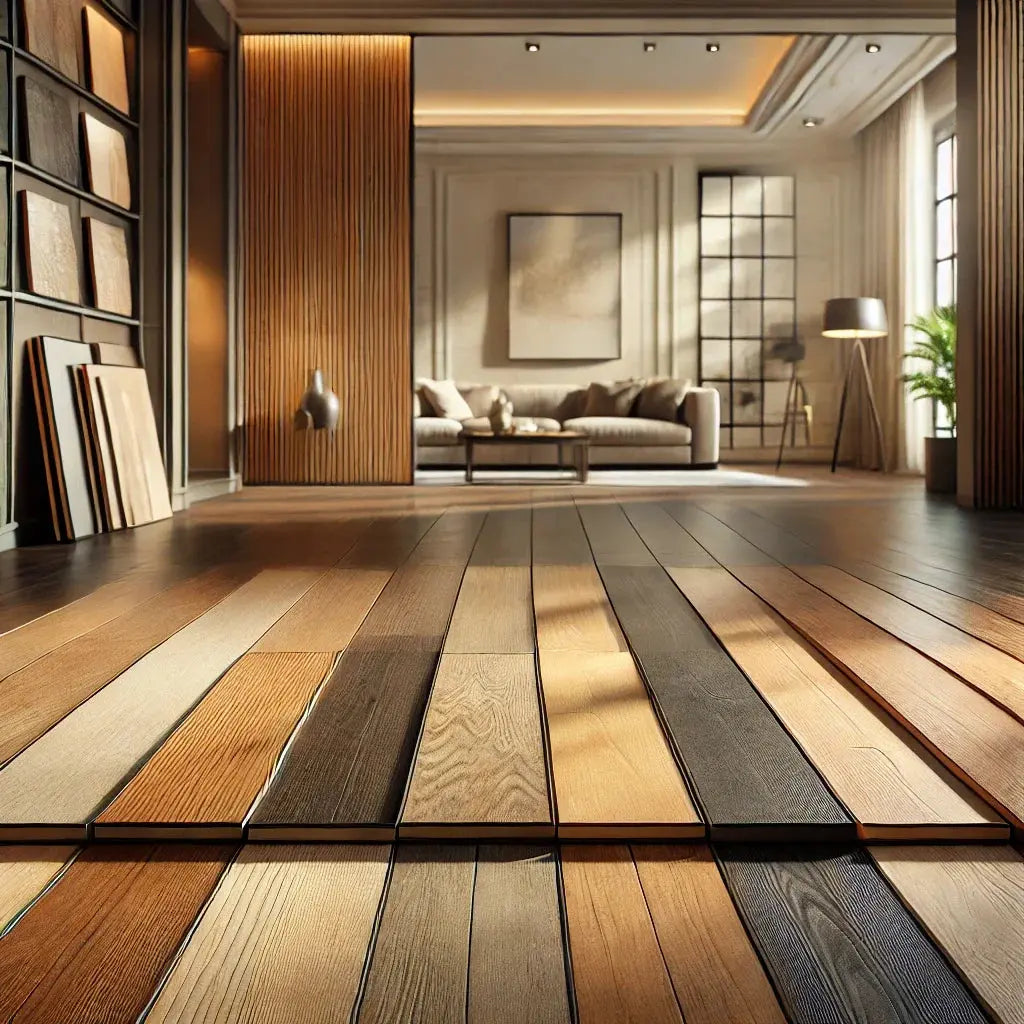

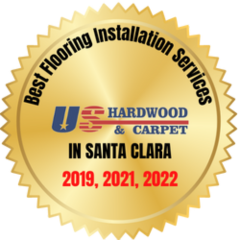


Leave a comment
This site is protected by hCaptcha and the hCaptcha Privacy Policy and Terms of Service apply.